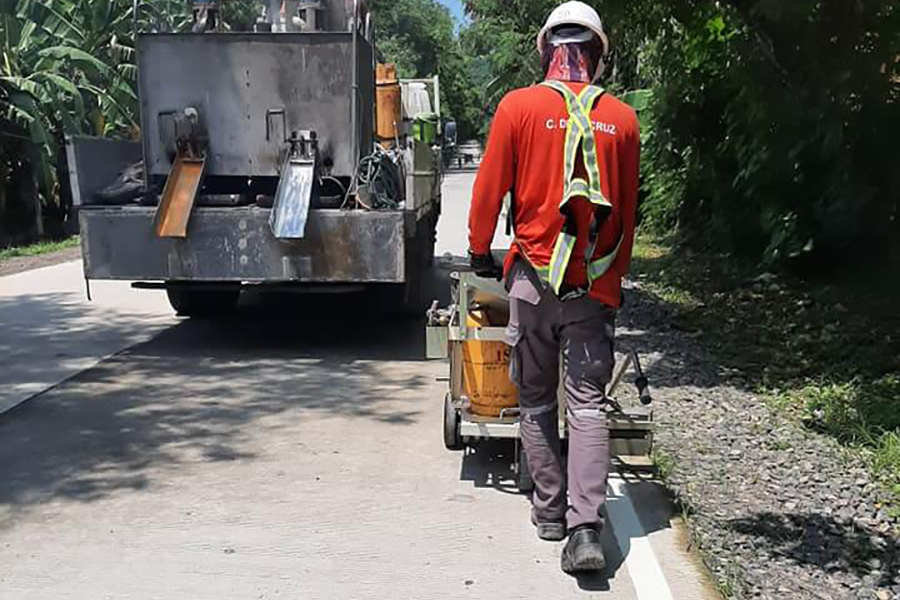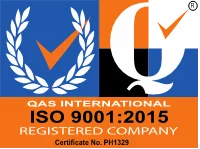Road line markings are an essential feature of highways and other minor streets. They guide drivers in merging, turning, and changing lanes while also telling pedestrians how to act safely around roads.
Because of their importance, road markings should always be done precisely. Even a little mistake with how it’s painted may cause traffic problems. But how do professionals paint straight road line markings? Continue reading to find out:
Mapping the Course
Before painting the road with thermoplastic road marking paint, contractors first map out where it needs to be applied and the type of highway marking to be executed. This provides them with a guide that they can follow once they start painting the road line markings.
For rehabilitation projects, professionals retrace existing road line markings. Then, for areas where the old line markings cannot be distinguished or need to be changed, crew members mark new spots.
Meanwhile, marking spots need to be made from scratch for new roads that will be painted for the first time. To achieve a straight line, professionals measure a certain distance from the edge of the curb or the road. They will then dot the ideal marking spots periodically to guide the person who will paint the road line markings.
Painting the Lines
Once the marking spots are plotted, crew members can start painting the road. However, there are different painting processes used when marking major and minor roads.
Road Marking on Major Roads
Major roads like highways are painted using a dedicated road marking vehicle. This machine allows crew members to apply road marking paint efficiently along the long stretch of road. It does so with the help of a computer, which is equipped in the vehicle.
The computer in a road marking vehicle can be programmed to paint different striping patterns on the road, depending on the necessity. This makes painting dashed lines and other types of road line markings much faster and easier.
The road marking vehicle is operated by a professional called a steersman. They are trained experts who can precisely paint the road with straight lines.
To paint the road, the steersman uses the road marking vehicle to follow the marked spots plotted by the other crew members. They also ensure to move the vehicle at the right pace to ensure the right thickness and width of the lines.
Meanwhile, another crew member at the back of the road marking vehicle operates the paint guns. They monitor and adjust the paint guns to maintain the line’s smoothness and straightness.

Road Marking on Minor Roads
Since minor roads are significantly narrower and smaller than major roads, they cannot be painted using the same equipment. Road marking vehicles are often too large for a minor road and can be difficult to maneuver in small spaces.
Instead of a road marking vehicle, steersmen use a laying pram to paint minor roads. This tool consists of a metal trolley and a heater, which keeps the thermoplastic paint at its ideal temperature and consistency.
To paint the road, the steersman pushes the laying pram along the road as it dispenses thermoplastic paint. The steersman also ensures to follow the marking spots laid out by other crew members to make a straight line.
If the steersman needs to paint a different striping pattern, they have to do so without help from a computer. Since they don’t have access to the computer in a road marking vehicle, they have to stop the laying pram manually and create dashed lines and other patterns patiently.
Create Straight Road Marking Lines Consistently
Marking roads can be intimidating to a beginner. However, with enough practice, training, and experience, anyone can be a skilled steersman who creates precise lines on roads every time.



